Up Next

Kimi Raikkonen couldn’t care less, but he scored an unlikely faux-class victory in the Belgian Grand Prix. That’s not a reference to his Class C win either, because the battle between the midfield tailenders picked up a subcategory of its own at Spa: Class Ferrari.
Such was the failure of the works Ferrari team in Belgium that Sebastian Vettel and Charles Leclerc were defeated by the customer Alfa Romeo. Leclerc had to work to avoid finishing behind Romain Grosjean’s Haas, too.
Defeated by a customer is one thing. To lose out in a fight outside the top 10 is even worse.
The end result mattered little to Raikkonen.
“We don’t get points, there’s nothing positive about it,” he said. “If you’re 11th or last it, unfortunately, it makes no difference.”
But it stung Ferrari. Finishing 13th and 14th is embarrassing in any situation. Finishing behind a customer meant it couldn’t just hide behind its backwards engine step for 2020.
You can read more about the combination of reduced engine power and high drag that reduced Ferrari to a Class C contender in this article.
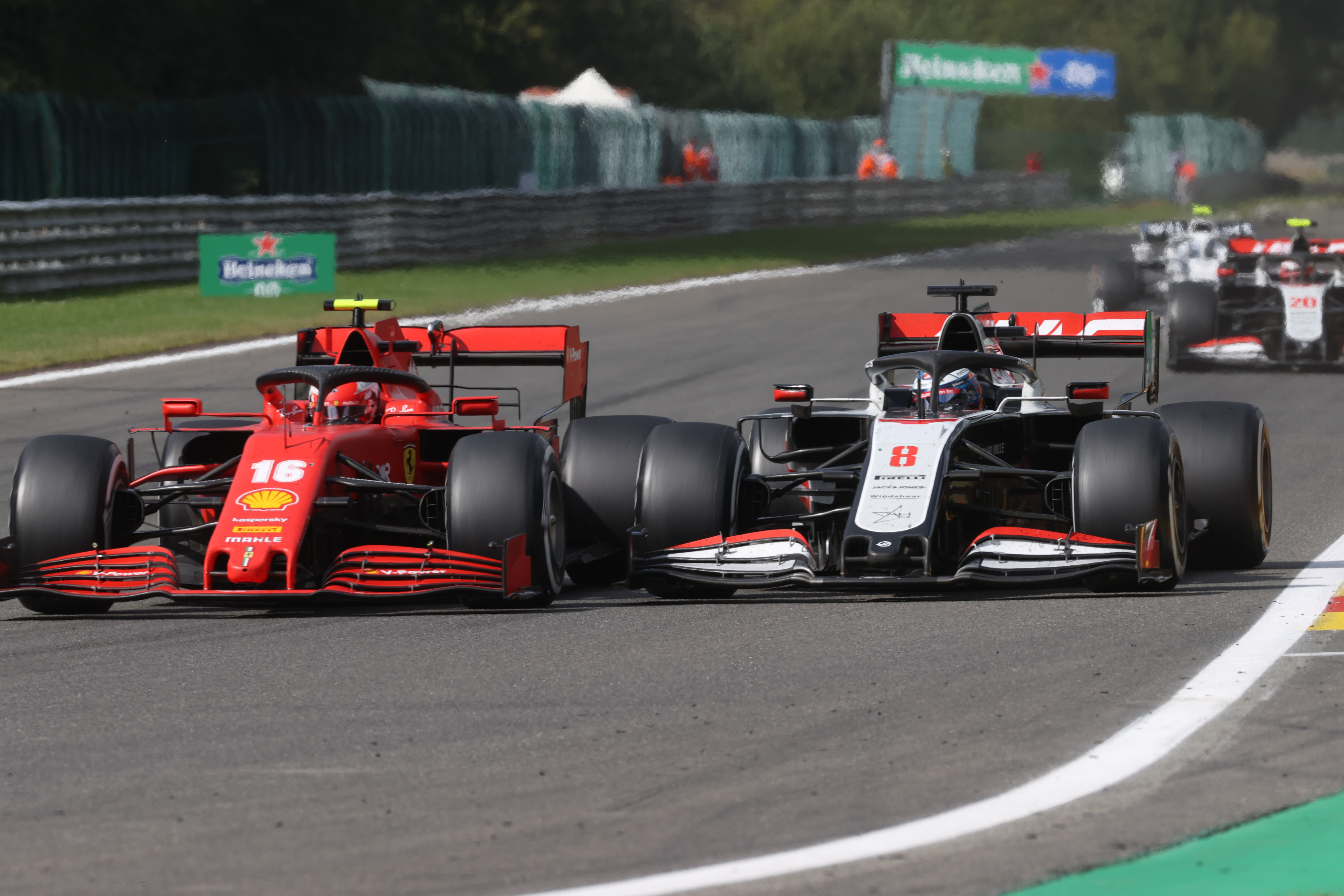
But the result on Sunday was a sucker punch at the end of a miserable weekend because it reinforced the fact Ferrari’s mistakes or shortcomings go beyond its power unit.
“Power and aero efficiency is the first part,” Ferrari team boss Mattia Binotto said in explaining how his drivers finished behind a car that has been a second slower at other circuits this year. “But that’s not sufficient to explain our performance over the weekend.
“I don’t think that fighting with our customer team somehow is where we are expected to be.
“So, there is something more, which we are looking at because at the moment we do not understand.”
The Alfa’s speed was fundamentally superior, and its race execution was better
Defeat at the hands of Raikkonen was even more galling because his Alfa Romeo went into anti-stall at the start and left the ex-Ferrari driver last heading into La Source. So over the course of the race he was able to pick off everyone in lower-midfield, including the two Ferraris. That’s despite Leclerc running eighth after a fantastic opening lap.
Leclerc’s race was compromised by misfortune in the pits. He had already slipped out of the points by the time he stopped a lap earlier than his rivals as the safety car emerged, but had to wait because of some tyre confusion, which dropped him behind Vettel and Raikkonen. He then suffered a slow second stop later on while receiving a top-up of pneumatic pressure.
That undoubtedly contributed to his 14th-place finish. And a two-stop strategy was never going to be an easy move in a car that lacked the straightline speed to avoid getting stuck behind slower cars.
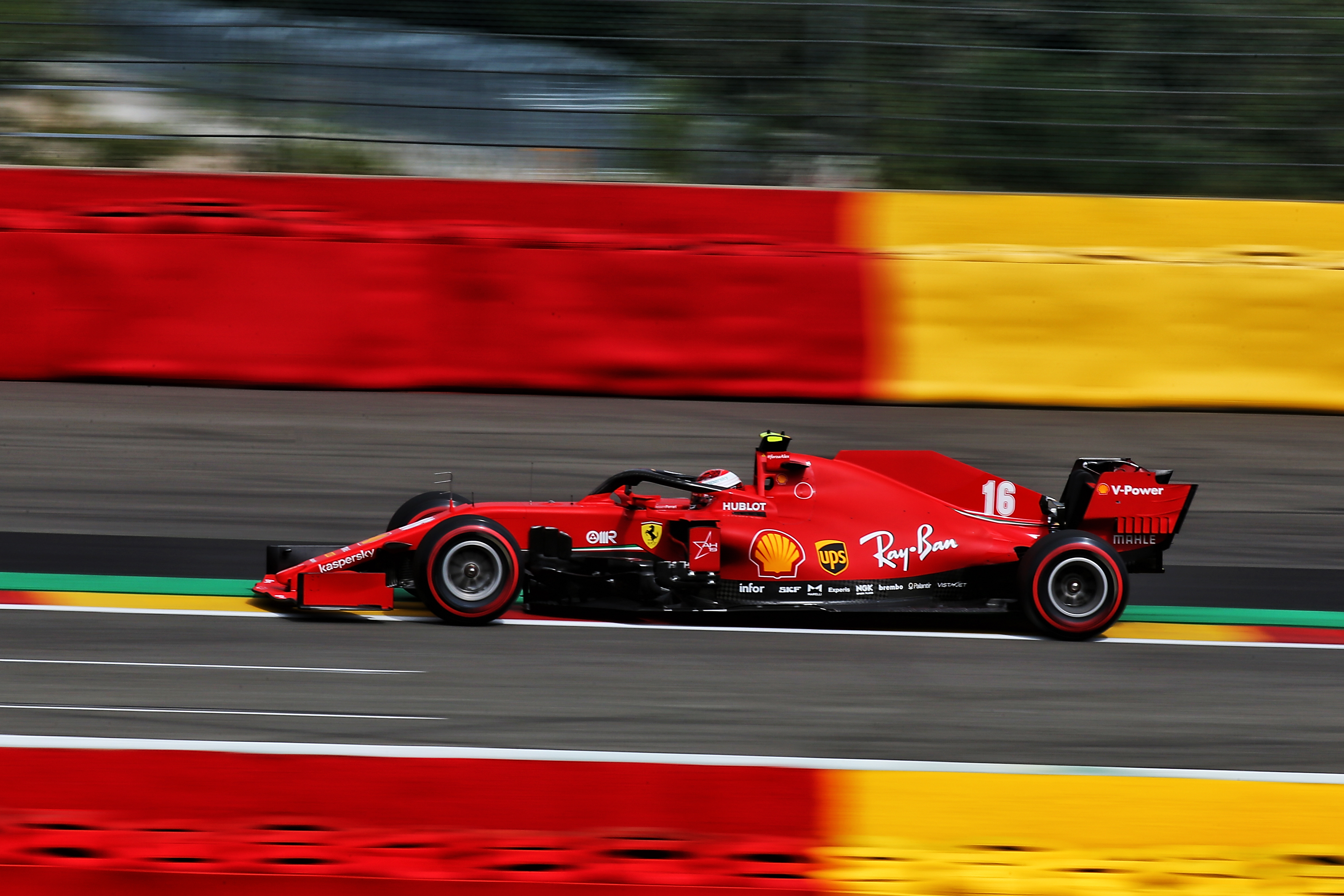
“It’s extremely frustrating,” said Leclerc. “It’s been a very difficult weekend for us and the race was not any easier.
“We’ve had issues on the two pitstops I’ve made, which made me lose quite a lot of time and positions. Then I tried to catch back, but it’s very difficult for us to overtake, even with the DRS.
“So need to work and find something because this is very difficult.”
But it would be unfair to say this was all that stood between Ferrari and beating its customer team. Because Raikkonen had to pass Vettel on track and did so on lap 16, without DRS, having carried a speed advantage off Eau Rouge following the safety car restart – despite Vettel having a tow from Daniil Kvyat’s AlphaTauri.
And taking the 10 fastest race laps as a snapshot of performance in the grand prix, Raikkonen was a couple of tenths faster on average than Vettel – who was frustrated to be left stuck when he wanted to try an alternate strategy like Leclerc. In the end, Ferrari missed the window to go for it.
So, the Alfa’s speed was fundamentally superior, and its race execution was better. The performance level also supports a theory that Ferrari was perhaps fortunate to have its blushes spared (well, to a point) in qualifying.
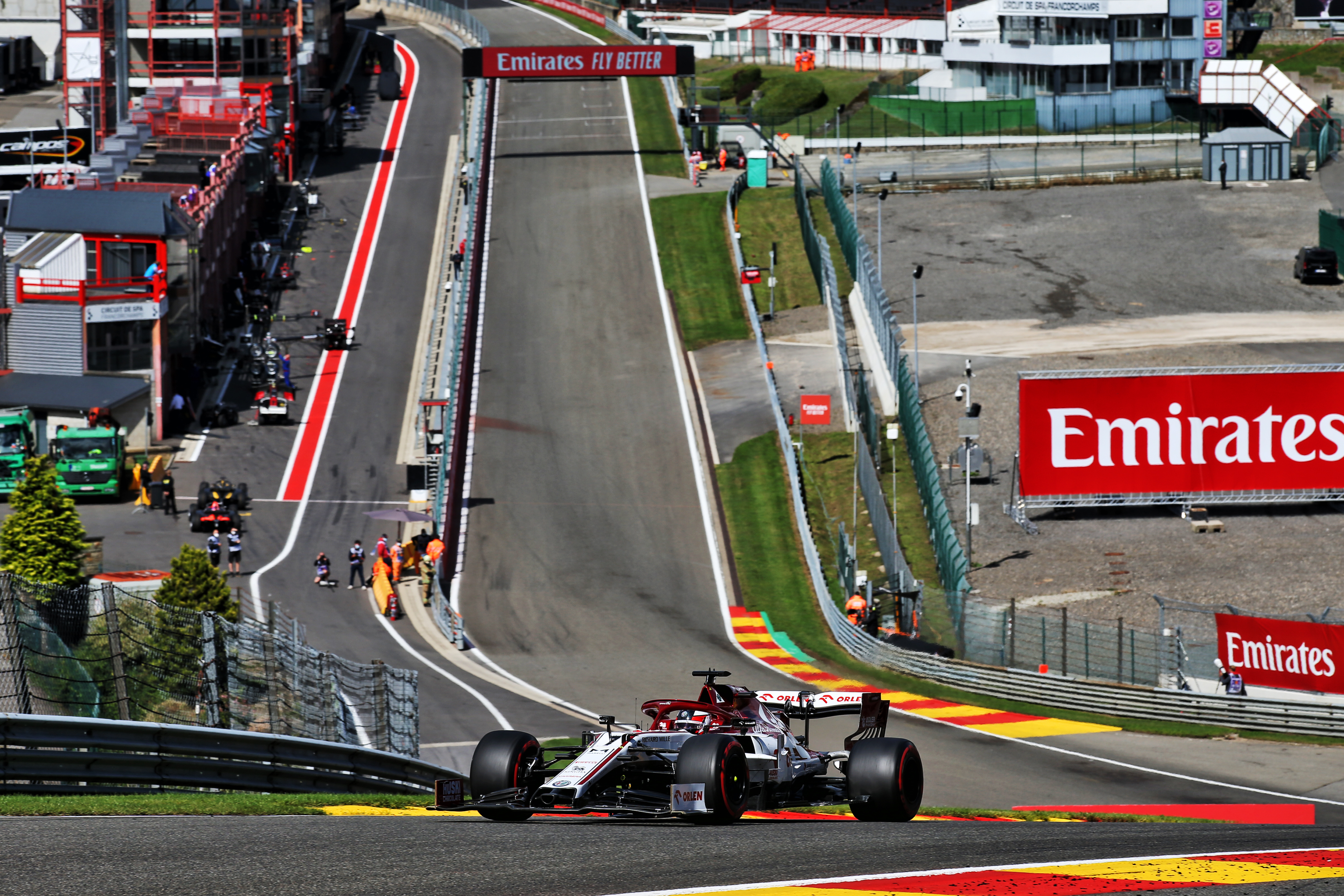
Raikkonen didn’t have his tyre temperatures right owing to the queuing up at the chicane and Blanchimont in Q1, so ended up losing time in the first sector. Had he repeated his first sector of the first run, he would have got into Q2 ahead of both Ferraris.
It’s not impossible that team-mate Antonio Giovinazzi, had he not lost the rear at Les Combes, would have outpaced Leclerc in Q1 either. And the two Haas drivers were not really in that fight but that wasn’t really their fault.
They had lost so much time in practice due to engine changes (on both cars…) in FP1 that it’s hard to conclude decisively where Grosjean and Kevin Magnussen could or should have qualified. A smooth run on Friday and well-executed qualifying might conceivably have caused Ferrari problems.
If this was a reflection of all Ferrari’s car-engine package is capable of at low-downforce, then it is in for a chastening experience at its home race at Monza
The bottom line is Ferrari was so unexpectedly bad at Spa that it risked defeat by any of its customer cars in qualifying and the race. One Alfa shunted trying to live with Ferrari in the opening stint, but Raikkonen was able to quite comfortably turn his initial deficit into an engine-class triumph.
Of course, he has nothing to show for it – no points, no Class C or Class Ferrari trophy. But at least nobody really expects anything more from him or his team at present. The same cannot be said for Ferrari.
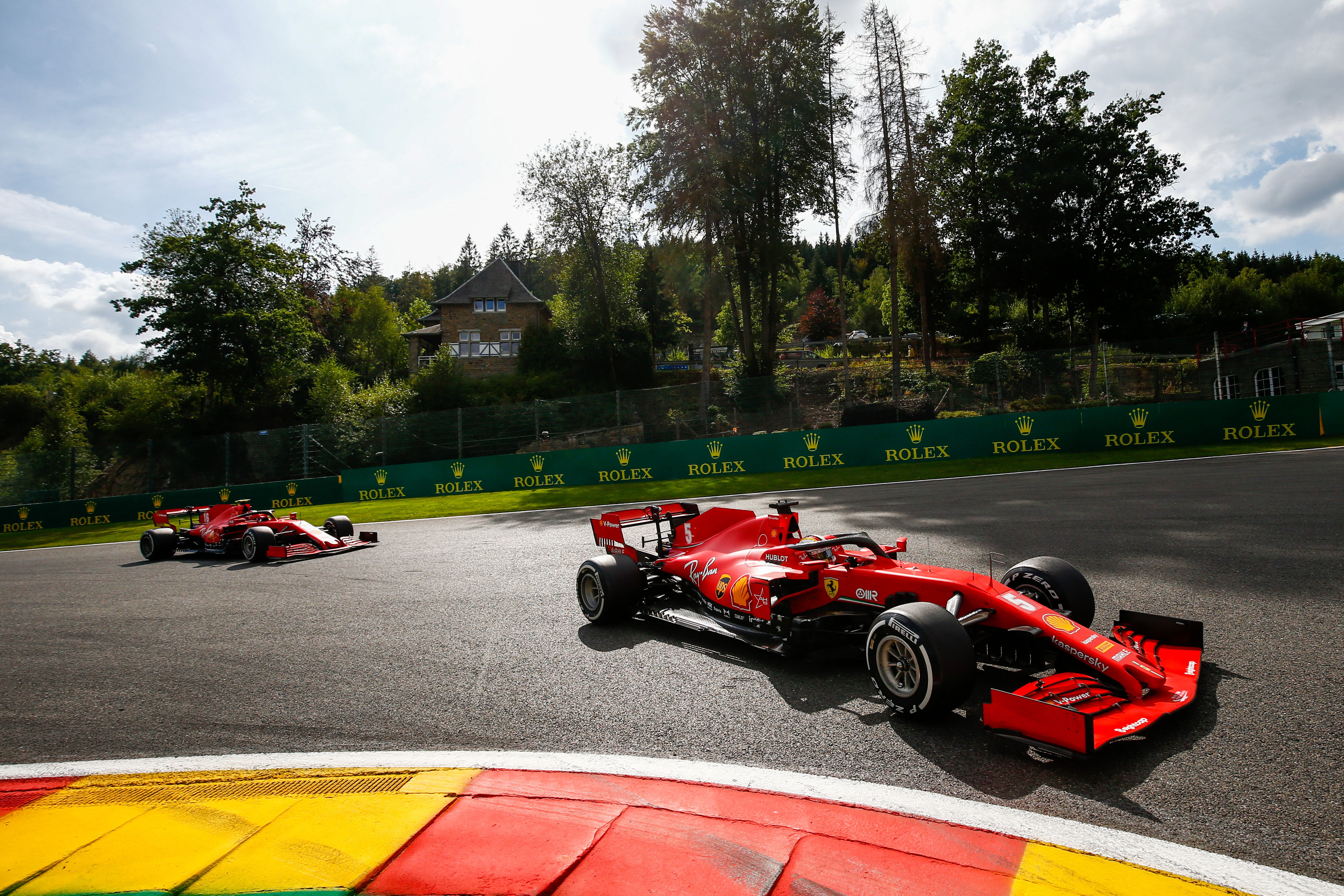
“Spa is one of the most power sensitive tracks and we’ve struggled this year when it comes to power, so naturally you would expect to fall a bit behind,” said Vettel.
“But we were even behind the people that we were quite a bit faster than, especially on race day, in the last couple of races.
“I believe that it might be, I think it might be, I hope it might be, Spa-specific, but we have to work hard.”
If this was a reflection of all Ferrari’s car-engine package is capable of at low-downforce, then it is in for a chastening experience at its home race at Monza, and maybe even its real home race at Ferrari-owned Mugello, which has a few more twists and turns – but these are mainly medium and high-speed sweeps and there’s an ultra-long straight to contend with as well.
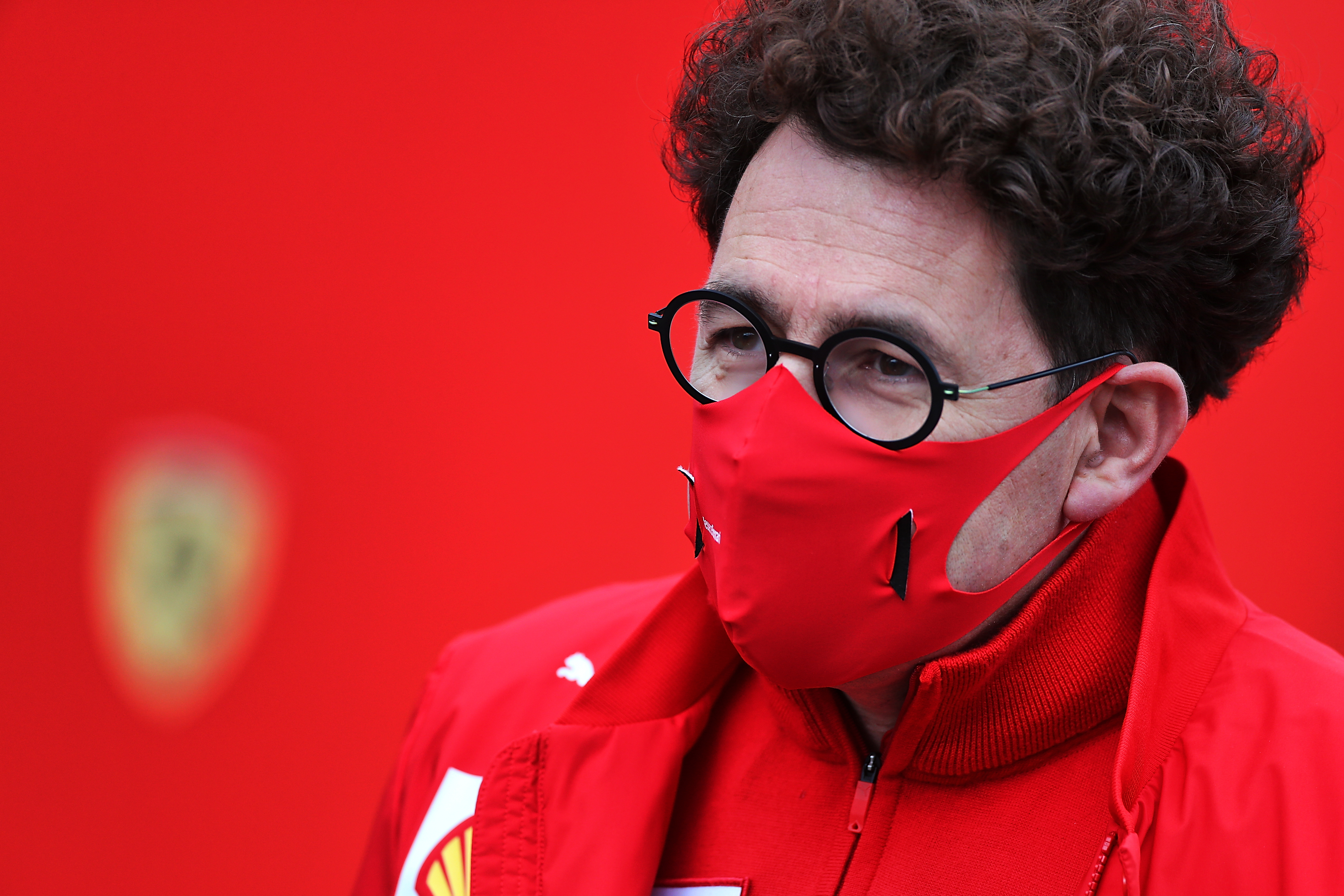
Binotto says Ferrari is weathering a storm, not a crisis. Another defeat at the hands of a customer team, in Italy this time, might force a re-assessment of the situation.
“We have two important races coming for the team in the next two weeks and that’s where we focus on, but you also have to be realistic, you cannot expect miracles,” said Vettel.
“The package is what it is. We are not strong as we would like to be.
“We need to stay optimistic and see the good things, even if at the moment there are not many.”





